I know this is an old post, but another solution would be to use cURL, for example:
redirect.php:
<?php
if (isset($_GET['url'])) {
$url = $_GET['url'];
$ch = curl_init();
$timeout = 5;
curl_setopt($ch, CURLOPT_URL, $url);
curl_setopt($ch, CURLOPT_RETURNTRANSFER, 1);
curl_setopt($ch, CURLOPT_CONNECTTIMEOUT, $timeout);
$data = curl_exec($ch);
curl_close($ch);
echo $data;
}
then in your iframe tag, something like:
<iframe src="/redirect.php?url=http://www.example.com/"></iframe>
This is just a MINIMAL example to illustrate the idea -- it doesn't sanitize the URL, nor would it prevent someone else using the redirect.php for their own purposes. Consider these things in the context of your own site.
The upside, though, is it's more flexible. For example, you could add some validation of the curl'd $data to make sure it's really what you want before displaying it -- for example, test to make sure it's not a 404, and have alternate content of your own ready if it is.
Plus -- I'm a little weary of relying on Javascript redirects for anything important.
Cheers!

